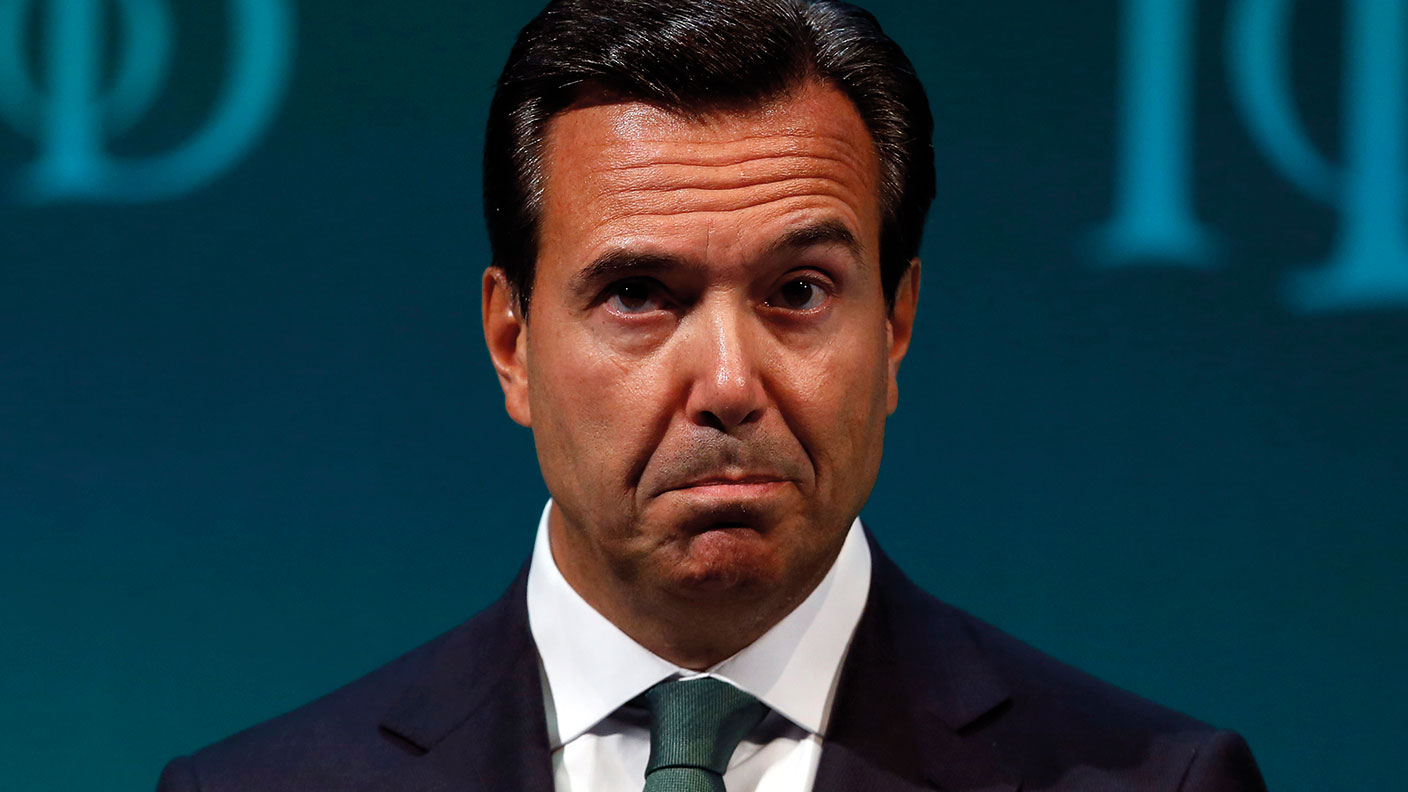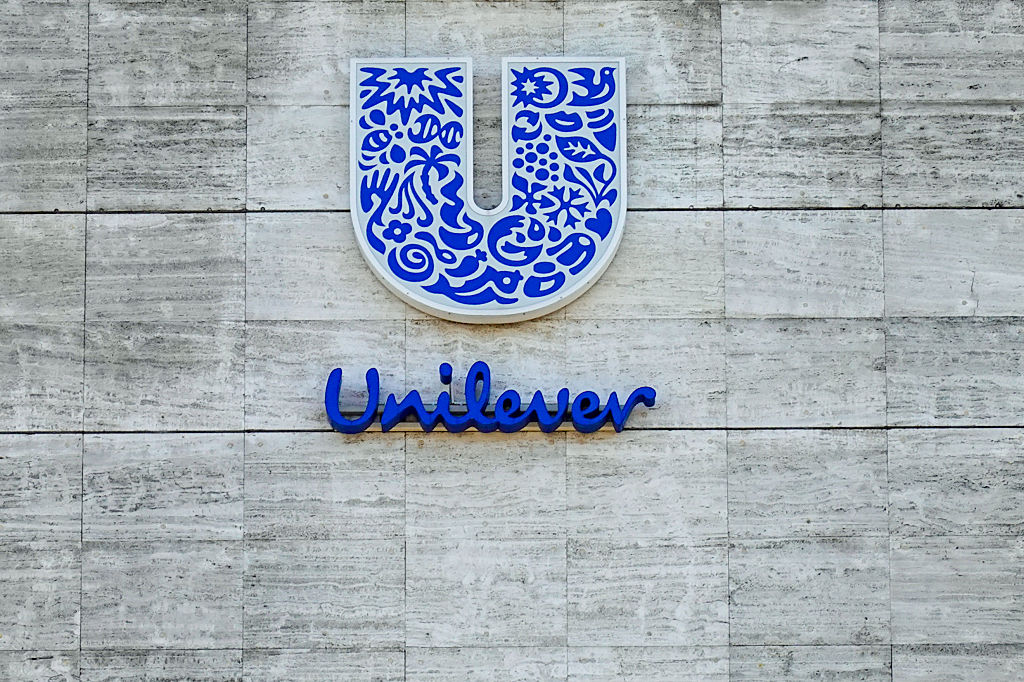Three ideas for Lloyds Bank's new boss
The Black Horse needs whipping into shape. A change at the top provides a great opportunity, says Matthew Lynn.


António Horta-Osório did a decent enough job as chief executive of Lloyds Bank. But whether shareholders will be all that sorry to see him leave office is open to question. The bank is back on a stable footing, but it has hardly been making a fortune for investors. Over the last five years the shares have plunged from 80p to 30p and while much of that was lost during the Covid-19 crisis, the price was still at 60p before any of us had heard of Wuhan. With the dividend now scrapped for this year in response to the epidemic, it has hardly been a great asset to own. After all that, shareholders might well feel it is time for a change.
Safe and dull is not good enough
Whoever takes on the job will inherit a leading position in the UK’s retail finance market. Including the Halifax and Bank of Scotland brands, Lloyds has 22 million current accounts, making it the largest in the UK, and it is also the biggest mortgage lender, with a quarter of the market for home loans. There is a problem, however. All Horta-Osório has really managed to do in his decade in charge is get the group back to where it was before the crash – a safe, steady but dull retail bank. That isn’t going to be good enough for the 2020s. Retail banking needs radical reinvention. Here are three ideas for his successor.
First, Lloyds needs to keep closing branches. Ignore the campaigners who try to keep them open and brush aside the lobbyists who argue cash needs to be protected. It is not the job of a bank to save the high street, or to keep a system of payment alive after it has become technologically obsolete. After the Covid-19 crisis, local branches are going to be more irrelevant than ever. Apart from collecting cash from small businesses – and even the smallest of them are rapidly embracing contactless cards – a bank branch doesn’t have much to do anymore. And in a world where cash is dying out, cash machines are increasingly irrelevant. But the branch network is still a huge cost. The best companies don’t simply react to change, but get ahead of it. Lloyds can only do that by closing branches quickly.
MoneyWeek
Subscribe to MoneyWeek today and get your first six magazine issues absolutely FREE

Sign up to Money Morning
Don't miss the latest investment and personal finances news, market analysis, plus money-saving tips with our free twice-daily newsletter
Don't miss the latest investment and personal finances news, market analysis, plus money-saving tips with our free twice-daily newsletter
Next, work out how to respond to technology. Traditional retail banks are under assault from every direction. App-based start-ups are providing far simpler, better-designed current accounts. Fintech companies are chipping away at once-lucrative lines of business such as currency transfers and small-business lending (insurance will be next). The technology giants are increasingly moving into finance. Amazon has launched a current account, Apple and Google have payment systems and Facebook has even tried to launch its own currency. The start-ups have agility on their side and the tech giants have a mass of customer data, and deploy it brilliantly. A traditional retail bank has some residual strengths, such as a customer base, a payment system and lots of relationships. It has to figure out how best to use them.
Time for a rebranding
Finally, it needs to reinvent its brand. All the high-street banks spend a fortune on marketing and Lloyds is no exception. Sure, it has a lot of name recognition, but there is not much in the way of affection, or respect, and customers are only loyal because it is usually a hassle to switch account. Decades of mis-selling products and sneaky charges have trashed the trust between banks and their customers and, apart from paying out billions in compensation, not much has been done to fix that. A brand needs to stand for something solid. It could be trust, or innovation, or value – or something else entirely. But the bank needs to work out what it is, and how to make it happen.
Over the next few weeks there will be lots of speculation about who will replace Horta-Osório. The name doesn’t matter as much as whether he or she will be willing to push for a radical change of direction. If Lloyds makes an ambitious choice, it might be able to reinvent a tired business model – and set an example that the rest of the banking industry can follow.
Get the latest financial news, insights and expert analysis from our award-winning MoneyWeek team, to help you understand what really matters when it comes to your finances.
Matthew Lynn is a columnist for Bloomberg, and writes weekly commentary syndicated in papers such as the Daily Telegraph, Die Welt, the Sydney Morning Herald, the South China Morning Post and the Miami Herald. He is also an associate editor of Spectator Business, and a regular contributor to The Spectator. Before that, he worked for the business section of the Sunday Times for ten years.
He has written books on finance and financial topics, including Bust: Greece, The Euro and The Sovereign Debt Crisis and The Long Depression: The Slump of 2008 to 2031. Matthew is also the author of the Death Force series of military thrillers and the founder of Lume Books, an independent publisher.
-
 Metals and AI power emerging markets
Metals and AI power emerging marketsThis year’s big emerging market winners have tended to offer exposure to one of 2025’s two winning trends – AI-focused tech and the global metals rally
-
 8 of the best houses for sale with beautiful fireplaces
8 of the best houses for sale with beautiful fireplacesThe best houses for sale with beautiful fireplaces – from a 15th-century cottage in Kent to a 17th-century palazzo in Oxfordshire
-
 Metals and AI power emerging markets
Metals and AI power emerging marketsThis year’s big emerging market winners have tended to offer exposure to one of 2025’s two winning trends – AI-focused tech and the global metals rally
-
 8 of the best houses for sale with beautiful fireplaces
8 of the best houses for sale with beautiful fireplacesThe best houses for sale with beautiful fireplaces – from a 15th-century cottage in Kent to a 17th-century palazzo in Oxfordshire
-
 King Copper’s reign will continue – here's why
King Copper’s reign will continue – here's whyFor all the talk of copper shortage, the metal is actually in surplus globally this year and should be next year, too
-
 Luana Lopes Lara: The ballerina who made a billion from prediction markets
Luana Lopes Lara: The ballerina who made a billion from prediction marketsLuana Lopes Lara trained at the Bolshoi, but hung up her ballet shoes when she had the idea of setting up a business in the prediction markets. That paid off
-
 British blue chips offer investors reliable income and growth
British blue chips offer investors reliable income and growthOpinion Ben Russon, portfolio manager and co-head UK equities, ClearBridge Investments, highlights three British blue chips where he'd put his money
-
 Coreweave is on borrowed time
Coreweave is on borrowed timeAI infrastructure firm Coreweave is heading for trouble and is absurdly pricey, says Matthew Partridge
-
 Renewable energy funds are stuck between a ROC and a hard place
Renewable energy funds are stuck between a ROC and a hard placeRenewable energy funds were hit hard by the government’s subsidy changes, but they have only themselves to blame for their failure to build trust with investors
-
 Profit from document shredding with Restore
Profit from document shredding with RestoreRestore operates in a niche, but essential market. The business has exciting potential over the coming years, says Rupert Hargreaves
